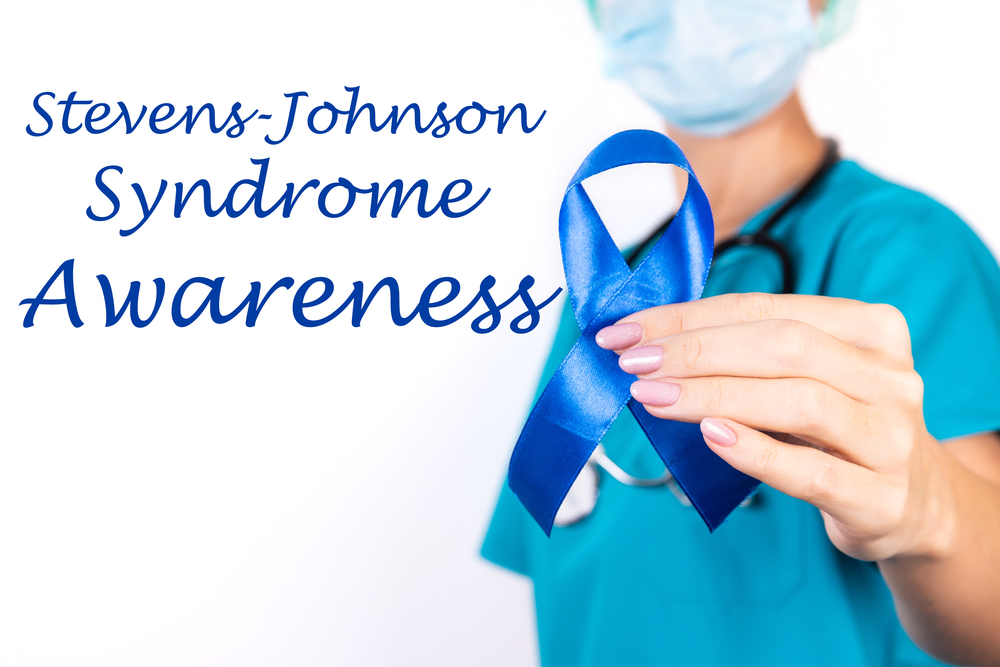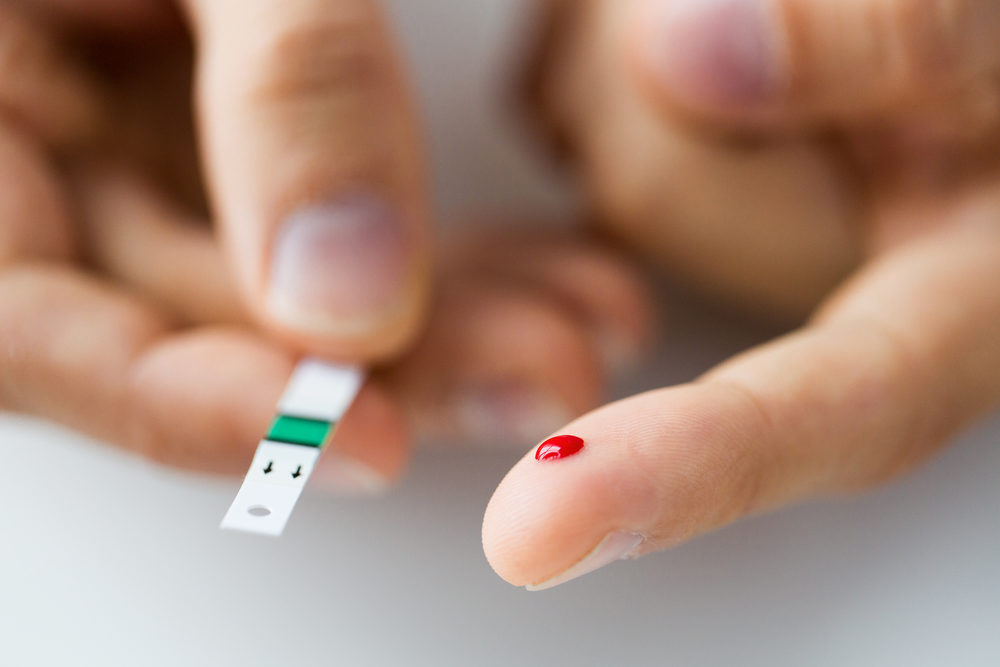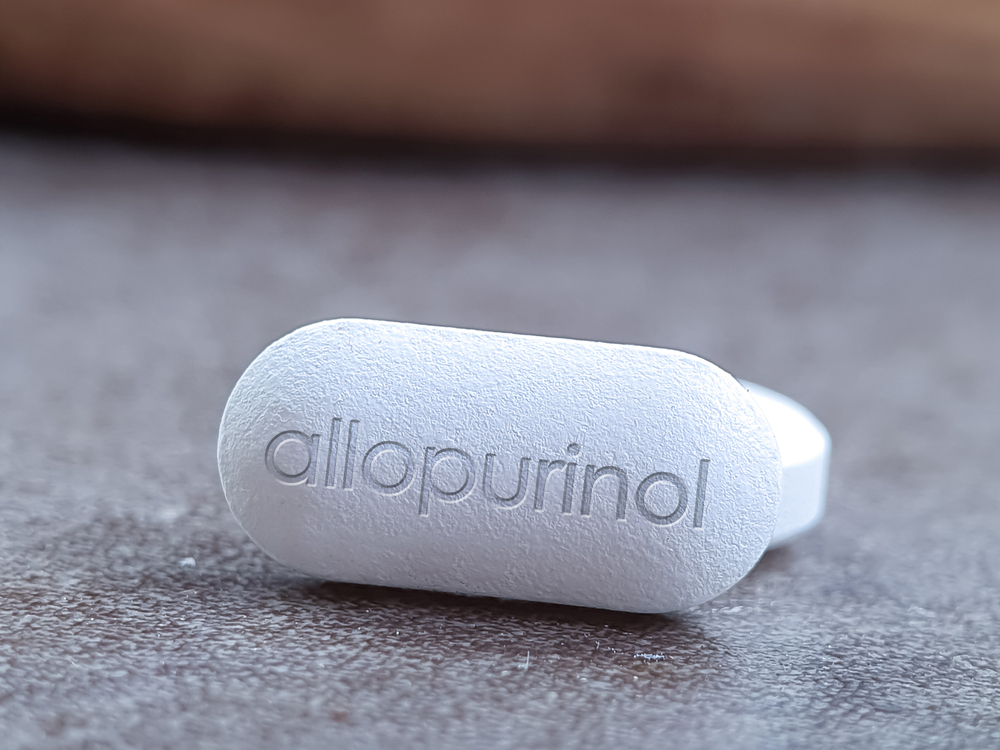Stevens-Johnson Syndrome Survival Story Leads to Happy Ending
A young Illinois woman who fought her way back from a rare and deadly disease is now enjoying married life with the man who never left her side.
Viktoria Cupay, 26, and Nick Baldo, 32, married this past August, three years after Baldo proposed in the ICU as his bride recovered from a condition doctors didn’t expect her to survive.

Cupay was diagnosed with lupus, a debilitating autoimmune disorder, in 2016. She managed to live a relatively normal life until June 2019, when a rapidly-developing fever sent her to the ER for what she suspected was a lupus flare-up.
But when doctors noticed blisters appearing on her body, they realized Cupay had contracted Stevens-Johnson syndrome (SJS), a severe disease in which skin tissue begins to die and detach from the body.
The affliction can be halted if treated right away; if it goes untreated or misdiagnosed, it will swiftly worsen before becoming life-threatening or even fatal.
Despite Cupay’s mother rushing her to the hospital, by the time the SJS was confirmed, it was affecting more than 30% of her body – and had transformed into a much more severe form of the disease called toxic epidermal necrolysis (TEN).
TEN carries a long list of possible complications, including respiratory problems, organ failure, sepsis, permanent skin damage, and vision loss. While SJS kills about 10% of patients, TEN is fatal to up to half.
Cupay was taken to the ICU and would not leave the hospital for 240 days.
“I was considered like a burn victim,” said Cupay, who had to drop out of college.
Her injuries were so intense that she was placed into a medically-induced coma for a month.
Shortly after she came out of the coma, Cupay opened her eyes to see Baldo down on one knee.
The couple met in 2018 while Cupay was visiting San Francisco, where Baldo lived at the time, and felt an immediate connection. When he told her his parents lived in Chicago, they took it as kismet and began alternating visits.
When Cupay told Baldo of her lupus, an incurable and potentially fatal disease, he was unfazed and vowed that nothing would drive him from his “wonderful and beautiful” new love.
After he sat with Cupay while she received her SJS/TEN diagnosis, Baldo set about proving his word. He remained by her side throughout her coma, left San Francisco to move back in with his parents, and became one of her primary caretakers.
Cupay’s road to recovery included three surgeries and learning how to walk, talk and eat again. While she still struggles daily with lupus, she is back in school, working as an advocate to educate others about lupus and SJS and, of course, happily married.
The newlywed documented her journey in a now-viral TikTok video in hopes that it would inspire others to fight through adversity.
“That’s why I want to share my story,” said Cupay, “because I have been there, I have been at the lowest point in my life and I’m hoping that when someone hears this story, that it might be the story that they needed to hear to keep going as well.”
Steven Johnson Syndrome Causes, Symptoms & Treatment
An adverse reaction to medication causes seventy-five percent of Stevens-Johnson syndrome cases in adults. SJS has been linked to over 200 medications, including those used to treat seizures, gout/kidney stones, inflammation, infection, and lupus (as in Cupay’s case).
SJS can strike at any age but mostly occurs in persons younger than 30. Females are more susceptible than males. Infection is the most likely cause in children.
Symptoms of Stevens-Johnson syndrome include:
- Skin/body pain
- Fever/headache/cough
- Rashes and peeling skin
- Blisters and sores on the skin and mucous membranes, especially the eyes, mouth, throat, anus, and genitalia – this can cause eyes to seal shut, drooling, and painful urination
Patients with existing autoimmune disease, chronic joint/tissue disease, cancer, and family history are at greater risk for SJS.
Physicians typically diagnose SJS/TEN by examining the affected skin/mucous membranes (usually at least two), evaluating pain level and how fast/how much skin is affected, and taking a skin biopsy.
There are a variety of treatment options for SJS, most of which are given in the hospital, ICU, or burn unit:
- IV fluids to replace electrolytes
- Non-adhesive skin dressings
- High-calorie food to hasten healing, through a tube if necessary
- Pain medication and antibiotics to prevent infection
- IV administration of antibodies or steroids
- Amniotic membrane grafts for the eyes
Skin can take weeks or months to recover. Possible long-term complications, such as skin/eye irritation, lung damage, nail and hair loss, problems with taste, fatigue or urination, and excessive sweating, are possible.
The most important treatment for SJS/TEN is to never again take the medication that caused it. Doing so could trigger a second, more severe case.
















